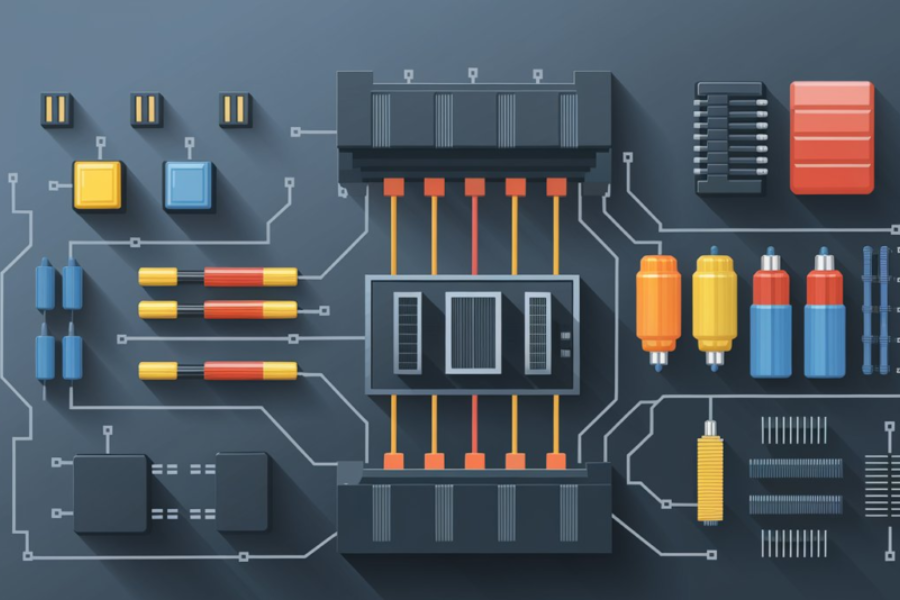Understanding the Mollar CGT20750 Schematic Drawing
The Mollar CGT20750 is a sophisticated tool designed to produce precise schematic drawings, offering professionals in fields such as engineering, architecture, and electronics a highly accurate and versatile solution. The core focus of this tool is clarity, enabling users to create detailed and easily interpretable representations of complex designs.
With support for a variety of formats and styles, the Mollar CGT20750 is adaptable to a wide range of project needs, from circuit diagrams to architectural layouts. It combines user convenience with a strong emphasis on precision, making it an invaluable tool for professionals who need to communicate their visual ideas effectively.
Benefits of Using Schematic Drawing Techniques
Schematic drawings offer an accessible and clear method for visually representing complex ideas, breaking them down into more manageable and understandable components. This method enhances overall comprehension and communication.
- Improved Communication: Well-designed schematics bridge the gap between experts and non-experts, making it easier for all parties to understand intricate systems.
- Enhanced Problem-Solving: By visualizing components, potential issues can be detected early, saving both time and resources.
- Fosters Creativity: Converting abstract concepts into visual form encourages new perspectives and innovative solutions.
- Reliable Documentation: Schematic drawings serve as essential references for future projects, ensuring consistency across teams and departments.
Step-by-Step Guide to Creating a Schematic Drawing
Creating an effective schematic drawing involves careful planning and attention to detail. Here’s a step-by-step guide:
- Gather Materials: Start with the basics—graph paper, pencils, and a ruler for precision.
- Initial Layout: Lightly sketch the overall layout of your design, positioning each component in its appropriate place.
- Outline Primary Elements: Use standard symbols for components like resistors or capacitors to maintain clarity.
- Connect Components: Draw neat, straight lines between components to ensure readability.
- Label Everything: Accurately label both components and connections to make the schematic easy to interpret.
- Review and Finalize: After reviewing for accuracy, finalize your drawing either by inking it or using digital software.
Tips for Mastering Schematic Drawing Techniques
To excel in schematic drawing, consistent practice is essential. Here are some tips to help you improve:
- Study Existing Diagrams: Analyze successful examples and observe how lines, symbols, and layouts are used to convey information.
- Invest in Quality Materials: Whether you’re using traditional tools or advanced software, reliable resources will improve the quality of your work.
- Experiment with Styles: Don’t be afraid to try new methods or layouts to see what works best for your projects.
- Seek Feedback: Engage with others who have experience in schematic drawing to receive constructive input.
- Be Patient: Mastery takes time, but with regular practice, your skills will steadily improve.
Real-World Applications and Impact of Schematic Drawings
Schematic drawings play a vital role in various industries:
- Electronics: Circuit schematics simplify complex wiring systems, aiding technicians in troubleshooting.
- Architecture: Detailed floor plans e https://glamourcrunch.com/ nsure that all spatial arrangements align with project goals, providing clear communication between architects and builders.
- Education: Flowcharts and process diagrams help students grasp complex concepts quickly and intuitively.
Schematic drawings not only clarify complex systems but also improve collaboration among team members, ensuring successful outcomes across projects.
Technological Advancements in Digital Schematic Drawing
Recent technological innovations have revolutionized schematic drawing, especially through digital tools:
- CAD Programs: These platforms allow for detailed 3D modeling, real-time collaboration, and access to extensive symbol libraries, making complex designs easier to create.
- Cloud Technology: This enables designers to collaborate seamlessly with teams across different locations, sharing designs effortlessly.
- Artificial Intelligence: AI-driven tools are starting to automate repetitive tasks, suggest design improvements, and anticipate potential issues before they arise.
These advancements promise an exciting future for schematic drawing, opening up new possibilities for professionals across diverse fields.
Final Thoughts
The Mollar CGT20750 schematic drawing tool is an exceptional choice for professionals in engineering, architecture, and electronics who need to create precise and clear schematic diagrams. By simplifying complex designs and supporting a variety of formats, the Mollar CGT20750 allows users to convey their ideas effectively.
Mastering this technique requires practice, studying existing diagrams, using quality materials, and embracing new approaches. With the help of modern tools like CAD software and AI, the process of creating schematic drawings has become more efficient and adaptable. The future of schematic drawing is bright, offering even greater opportunities for innovation and collaboration.
FAQs
What is the Mollar CGT20750?
The Mollar CGT20750 is a precision tool designed for creating detailed schematic drawings in fields like engineering, architecture, and electronics. It supports clear and adaptable visual representations of complex systems.
How does it improve clarity in schematic drawings?
The Mollar CGT20750 focuses on clarity by allowing users to create intricate yet easy-to-interpret designs. Its design supports multiple formats, ensuring that schematics are comprehensible and precise.
What types of projects are suitable for the Mollar CGT20750?
The tool is versatile and can be used for a wide range of projects, including circuit diagrams and architectural layouts, making it ideal for professionals dealing with complex designs.
What are the benefits of using the Mollar CGT20750?
Key benefits include better communication, enhanced problem-solving, creativity boosts, and reliable documentation for future reference, ensuring consistency across different teams.
How can I start using the Mollar CGT20750? Start by familiarizing yourself with its features and practicing various types of schematic drawings. Study existing diagrams, invest in quality materials, and regularly seek feedback to improve your skills.
What are the technological advancements in schematic drawing?
Recent advancements include CAD programs for 3D modeling and collaboration, cloud technology for improved accessibility, and AI tools for automating tasks and suggesting design improvements.
Can the Mollar CGT20750 be used for both traditional and digital drawings?
Yes, sketches created with the Mollar CGT20750 can be digitized for further refinement using specialized software, integrating traditional and digital methods for greater precision.

